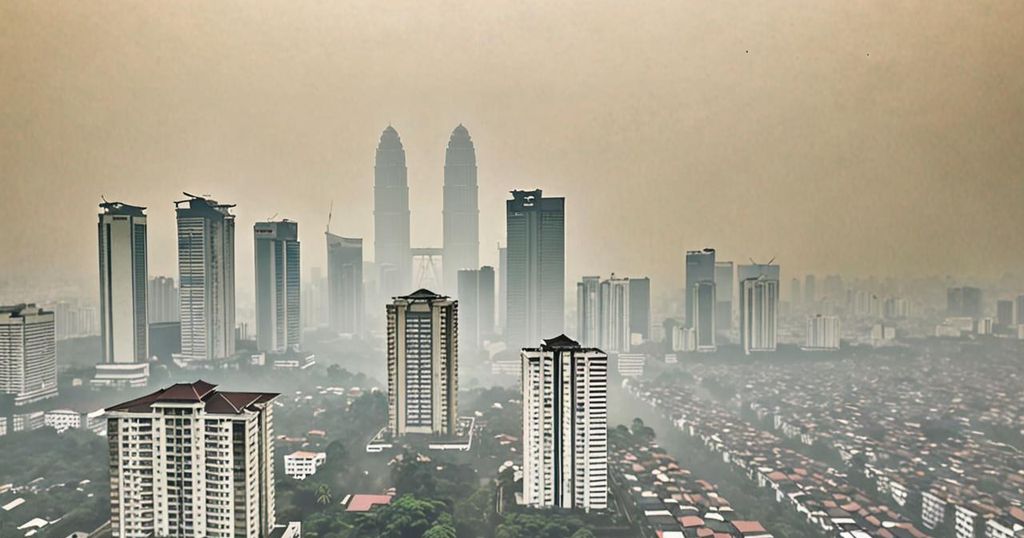The situation in Jakarta is a severe environmental crisis, stemming from a combination of coal power, traffic emissions, and waste burning that has resulted in a toxic smog adversely affecting the health and well-being of the city’s residents. This has generated widespread concern and calls for the government to take immediate measures to address this pressing issue.
Many residents have reported suffering from various health problems, including respiratory illnesses, acute respiratory infections, and pneumonia. The impact of air pollution is evident in the tragic stories of families who have experienced loss or witnessed deteriorating health due to the pervasive smog. The suffering is palpable, with individuals like Edy Suryana, who has lived in close proximity to a coal power plant for over three decades, sharing heartbreaking stories of loss and illness.
According to IQAir, a Swiss air technology company, Jakarta is consistently ranked as one of the most polluted cities in the world, with air quality consistently deemed unsafe by the World Health Organization and Indonesian government standards. The consequences are dire, with air pollution potentially contributing to over 10,000 deaths and 5,000 hospitalizations in Jakarta in 2019.
The severity of the crisis is underscored by the substantial economic losses due to the impact of air pollution. The health analyst at Vital Strategies, Ginanjar Syuhada, estimates that these losses amount to around 40 trillion rupiah (more than $25.2 billion) annually. Pulmonologists like Feni Fitriani Taufik at Persahabatan Hospital have observed a significant increase in the duration and severity of respiratory symptoms in patients due to prolonged exposure to polluted air.
The complexity of the pollution issue is apparent, as it is not solely attributed to a single source. Emissions from coal-fired power plants, vehicles, motorcycles, and industries all contribute to the problem. While the Indonesian government has taken some steps to address the issue, such as promoting the use of public transportation and electric vehicles, the response has not been proportional to the scale of the problem.
The uptake of electric vehicles has been slow, with only a small fraction of registered cars and motorbikes being electric. The government’s goal to have over half a million electric vehicles on the road by 2030 seems ambitious given the current slow progress. Furthermore, the regulation of emissions from factories and industries must also be tightened to make a significant impact on reducing air pollution in Jakarta.
In conclusion, the toxic smog in Jakarta is a multifaceted problem that necessitates urgent and comprehensive action. The health and well-being of millions of residents are at stake, and the government must prioritize effective measures to address this crisis. A concerted effort involving strict regulations, incentives for sustainable practices, and investments in cleaner energy sources is essential to combat the devastating effects of air pollution in Jakarta.

Leave a Reply